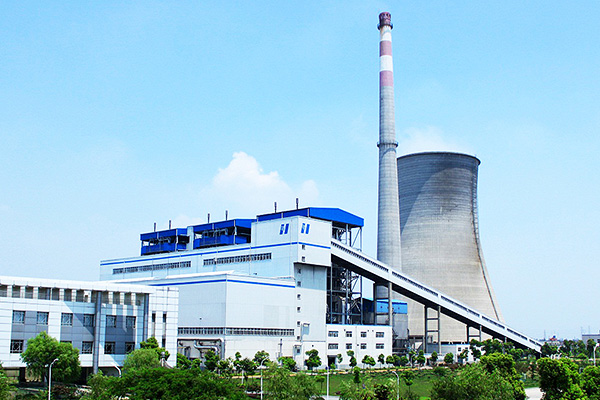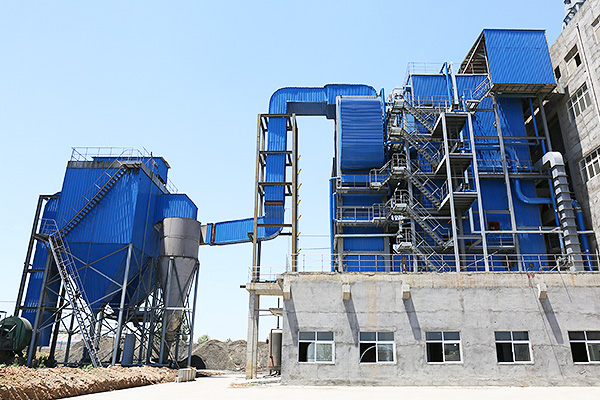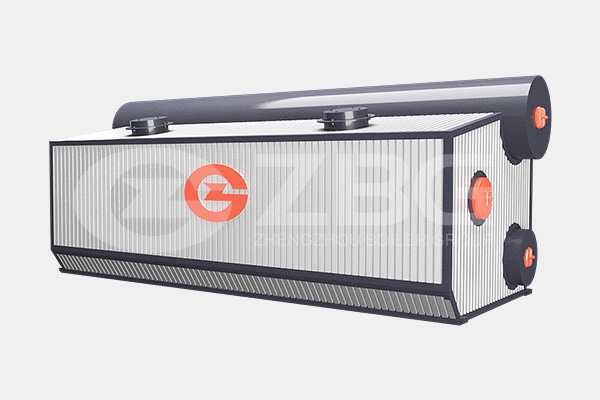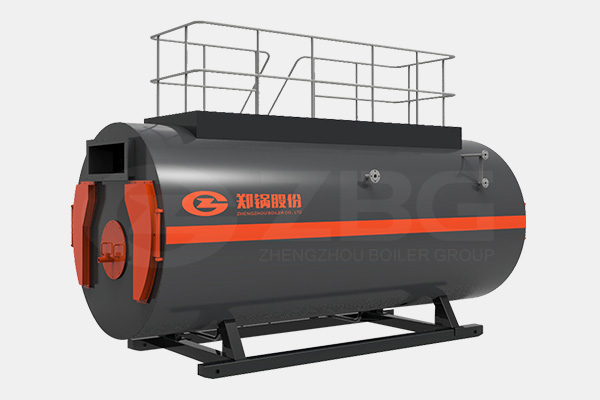Steam Boiler: Saturated Steam VS Superheated Steam
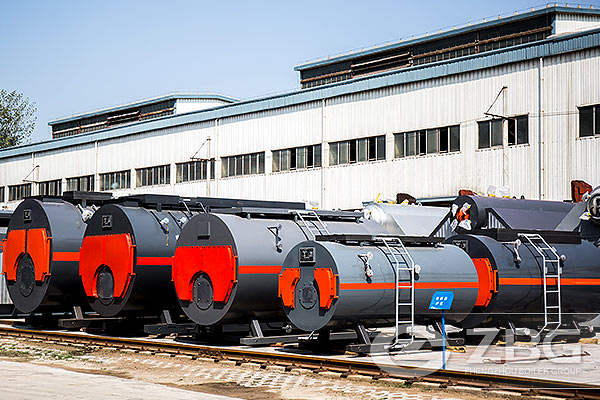
According to steam character, steam boiler can be divided into saturated steam boiler and superheated steam boiler. In a boiler, energy from the fuel is transfered to liquid water in order to create steam. At first, cold water gets warmer and receives energy in the form of “sensible heat”, right until the boiling point.
Once the boiling point is reached, the water’s temperature ceases to rise and stays the same until all the water is vaporized. The water goes from a liquid state to a vapour state et receives energy in the form of “latent heat of vaporization”. As long as there’s some liquid water left, the steam’s temperature is the same as the liquid water’s. Steam is then called saturated steam. When all the water is vaporized, any subsequent addition of heat raises the steam’s temperature. Steam heated beyond the saturated steam level is called superheated steam.
Saturated steam is in contrast to superheated, steam that is in equilibrium with heated water at the same pressure, i.e., it has not been heated past the boiling point for that pressure. If saturated steam is reduced in temperature (whilst retaining its pressure) it will condense to produce water droplets, even if it is still considerably above the boiling point of 100 °C at standard pressure. These condensation droplets are a cause of damage to steam turbine blades, the reason why such turbines rely on a supply of dry, superheated steam.
